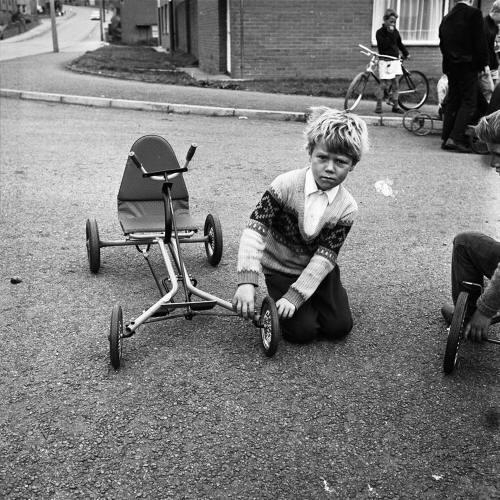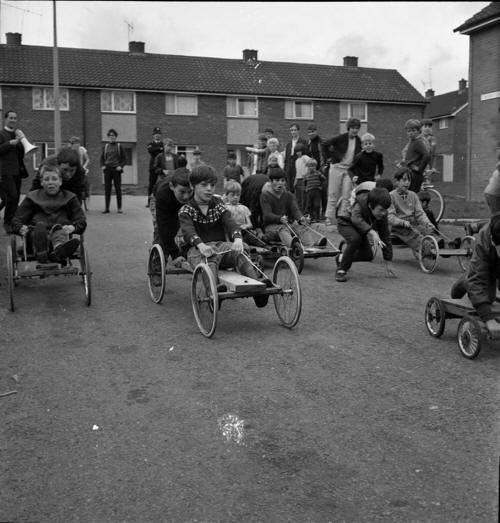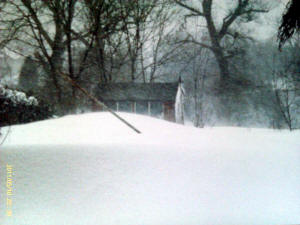|
Gurnos |
|
Merthyr Tydfil |
|
| |
At one time the
Gurnos was a wooded area and the largest farm in the Borough of
Merthyr Tydfil, with a number of farm cottages and a mill with a
stream. Gurnos could be a form of curn = cairns and has been
translated in books of place names as 'the place of cairns'.
Charles Wilkins in his book, 'History of Merthyr
Tydfil', suggested that gyrnos meant 'night fold'.
Tir y Gyrnos was the
name of an ancient land-holding in the hamlet of Garth in the parish
of Merthyr Tydfil. In 1449 Morgan ap Gwilym ap Meurig occupied Tir y
Gyrnos and paid an annual ground rent to the lord of the manor of 7s
4d. According to the 1716 Gyrnos Sale Document, John
Richards, sold Y Gyrnos for £500 with all accessories including a
water grist mill called Melin y Gyrnos with a small dwelling house
and garden, as well as several parcels of land. Edward Edwards was
reputedly the last of the family to live at Gyrnos before the
property was transferred to William Crawshay. In
1771 the Cyfarthfa Iron Works took out a lease for limestone at
Craig Fawr y Gyrnos at £2 2s 0d annual rent. The Farm itself
was later leased by the Crawshay Ironmasters. The
1850 Tithe Map indicates that the Gyrnos was merged into
‘Cyfarthfa’. The Gurnos Farm was linked to the Cyfarthfa Ironworks
and the farm supplied Cyfarthfa Castle with fresh food stuffs, meat,
eggs, milk and the woods provided fuel to burn on the great fires of
Cyfarthfa Castle. Limestone quarries developed on the Gurnos
land and old photographs show tall trees in this
area. The Gurnos quarry supplied of limestone to the
Cyfarthfa Ironworks and the Gurnos
Limestone Tramroad connected the two.
A succession of farmers lived in the Gurnos farmhouse and managed
the land for their Ironmasters. In 1881, the farm homestead was
occupied by William Charles from Breconshire. The 1901 census names
David Lewis, originally from Carmarthenshire, as the farmer,
together with his son Lewis. The land is now dissected by the Heads
of the Valley road and the ancient homestead easily seen from
passing vehicles. At the beginning of the twentieth century
the farm was owned by Lord Buckland. The first sheep dog trials in
the Borough were held here, however, on 23rd September,
1923 the Merthyr Express, contained the headline ' Sale of Stock at Gurnos Farm' and the news that Lord Buckland was giving up farming
at the Gurnos. As this was the largest farm in the area, a new
tenant was son found and John Williams took over. Thomas William
Parry farmed the Gurnos Farm from the early 1950s to the 1970s and
he bred award winning Welsh mountain ponies here.
The Gurnos Farm area was the largest stretch of
clean, uncontaminated land in the Borough of Merthyr Tydfil. There
are no tunnels, underground workings or dumping of industrial waste
in this area; making it the ideal site for a new housing development
following slum clearance. It has been said that the architects were
inspired by the Italian hill-side villages. Gurnos
Housing Estate was established in the early 1950's and it has been
extended, becoming the largest housing estate in Northern Europe.
Many of the initial streets were named after trees;
Oak,
Acacia,
Rowan etc. The design of
the Gurnos estate was based on the
Radburn system; with
common areas, small gardens and homes packed closely together.
In 1968 it was decided to build a new hospital in the Gurnos.
The Prince Charles Hospital covers a site of 32 acres. The first
phase of 362 beds was opened in 1978 by H.R.H. Prince Charles. In the
1970s the Gurnos was made into a separate Ward. A
number of amenities developed within the ward including a shopping
precinct and a community centre. There are three schools within the
ward Pen-y-dre High School, Goetre Infants & Junior and St. Aloysius
Infants & Junior. The public house
was called The Matchstick Man,
after late boxer
Johnny Owen.
There is now a police station within the ward.
|
|
|
| |
| Building The Gurnos Estate 1950s |
|
 |
|
| Gurnos Farm Cottages. |
|
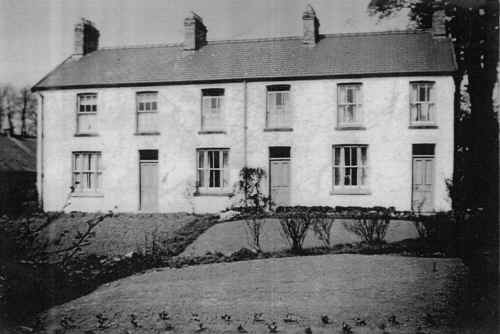 |
| |
|
| |
|
'The Gurnos Tower' - May 2010
As the ground was
once owned by the Crawshay Family it could have been a shooting tower for
hunting parties.
Does anyone
have any information on the Gurnos Tower? If so, please contact us.
|
|
 |
|
| The Notorious
Goitre Pond. |
|
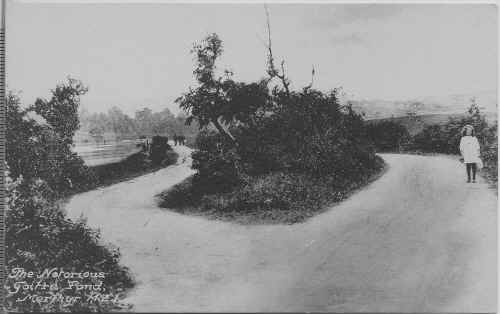 |
|
The
Goitre Pond, September 1963 - Photo
Courtesy of Clive Bevan. Goitre
Lane is here now. |
|
 |
|
|
Building
Prince Charles Hospital - June 1975.
(Photograph courtesy of Robert Thomas). |
|
| |
|
Flooding
caused by the storm 25th December 1979
Pen-Y-Dre
houses in the background.
(From the
Merthyr Express) |
|
 |
| |
| Hawthorn Avenue in the
early 1960's. |
|
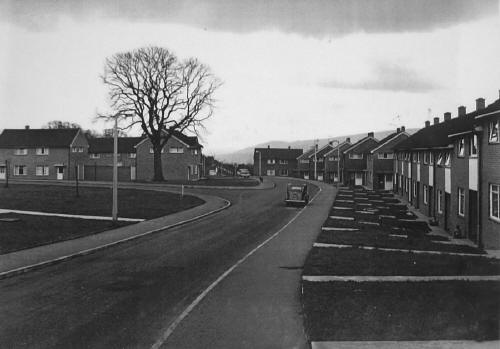 |
| |
| Cherry Grove Soap Box Derby - 1960's |
|
| |
| The Gurnos Shops in the
1980's. |
|
 |
| |
| Gherbin's Fish Shop in the 1970s |
|
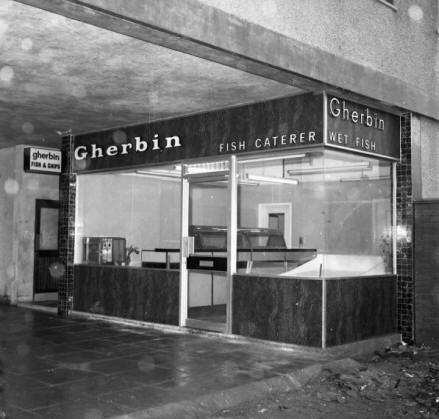 |
| |
|
| |
|
The Gurnos Recreation Centre
in the 1980's.
(Photograph
courtesy of Mansell Richards) |
|
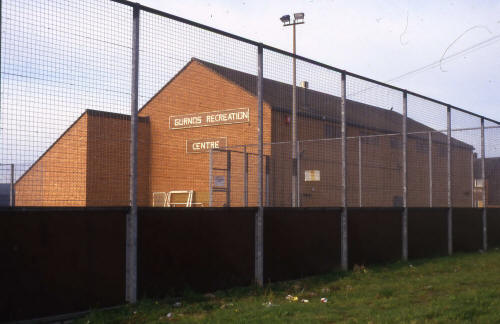 |
| |
| Goitre House.
Click here to view the Goitre Farm. |
|
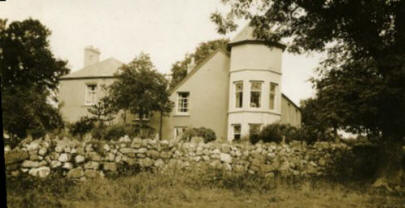 |
| |
|
This picture shows the area at
the bottom end of Oak Road,
looking North up Gurnos Road, before the Gurnos Estate was built.
The little boy is
John Smith. The man is Walter Halt who worked for Tom Vaughan.
(Photograph
Courtesy of Mrs. Cross & Information Courtesy of John Smith) |
|
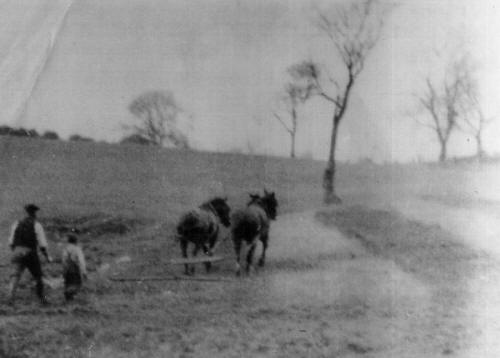 |
| |
| Gurnos - Bottom Road |
|
 |
| |
|
Gurnos S.C.
Marilyn Davies sent us this clip
from the Merthyr Express,
does anybody have anymore information on this Gurnos football club? |
|
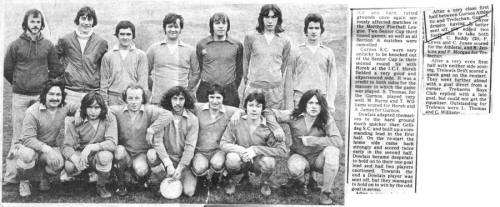 |
| |
|
|
| |
|
Do you have
any photographs or information relating to Gurnos, Merthyr Tydfil?
If so,
please contact us, by clicking the 'Contact Us' button. |
| |
|

To the Map |
|
 |



